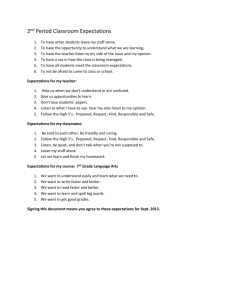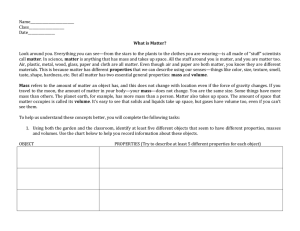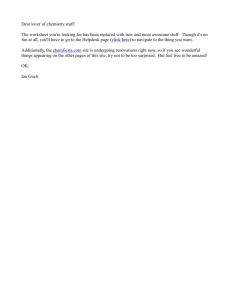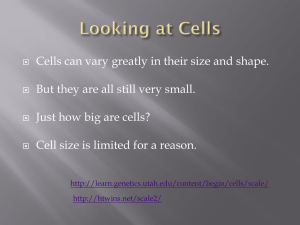Organization Chart
advertisement
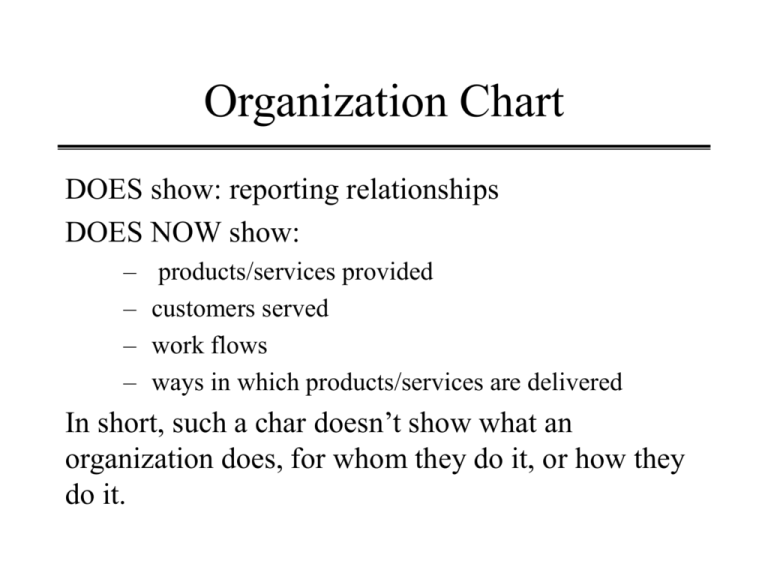
Organization Chart DOES show: reporting relationships DOES NOW show: – – – – products/services provided customers served work flows ways in which products/services are delivered In short, such a char doesn’t show what an organization does, for whom they do it, or how they do it. Process A group of logically related tasks (decisions and activities) that when performed, utilize the resources of the business to produce definitive results. Processes are independent of organization and have the following characteristics: – – – – measurable inputs value added measurable outputs repeatable activity Limitations of Hierarchical Management • Artificial goal establishment • huge coordinating activity to reconcile goals of different units • managers tend to perceive other functions as enemies • many issues fall through the cracks • top level manager is often the only person with authority over low-level stuff Fast-cycle capability • If you can do it faster, you’ll do it better: not by working faster, but by squeezing the delays out of the process • JIT inventory • meeting changing customer needs more effectively • fewer opportunities for mistakes • less work to self-manage • less status reporting • less chance for Murphy’s Law As companies grow, however, the system-like nature of the organization often gets hidden. Distances increase as functions focus on their own needs, support activities multiply, specialists are hired, reports replace face-to-face conversations. Before long the clear visibility of the product and the essential elements of the delivery process are lost. Instead of operating as a smoothly linked system, the company becomes a tangle of conflicting constituencies whose own demands and disagreements frustrate the customer. “I don’t care what your job is,” the over-whelmed customer finally complains. “When can I get my order?” (Bower and Hout, 1988, p. 111) Hierarchical vs. Process • Focus: reporting relationships and flow of authority • isolated budget requests • measures are actual vs. budget • authority and responsibility are divided into functional units or profit-centers • high-level intervention in low-level stuff • only top manager has big picture • Focus: converting inputs into outputs • collective budget requests • measures begin with the output and track back • joint authority and responsibility for output of a system • working level solves lowlevel stuff • picture expanded throughout
